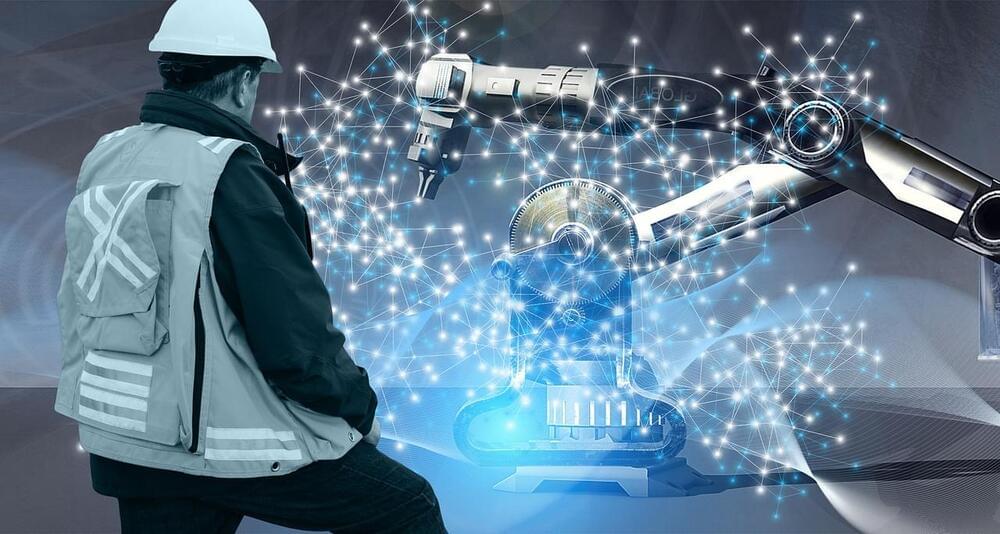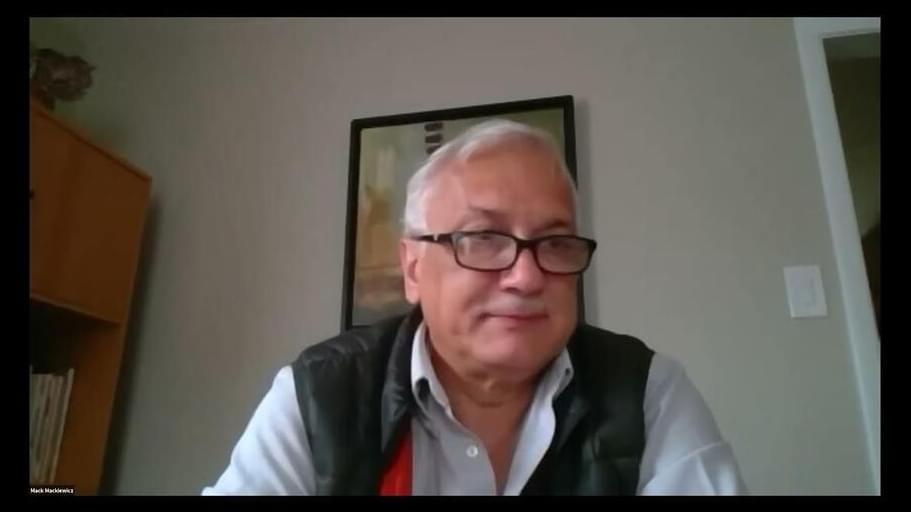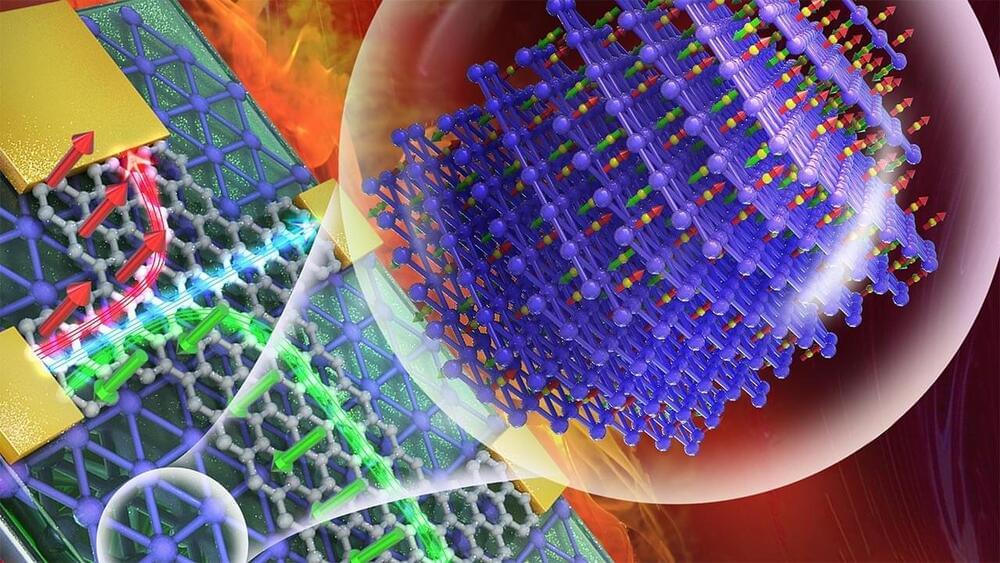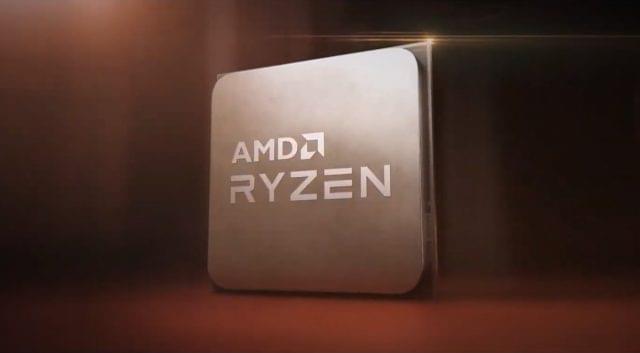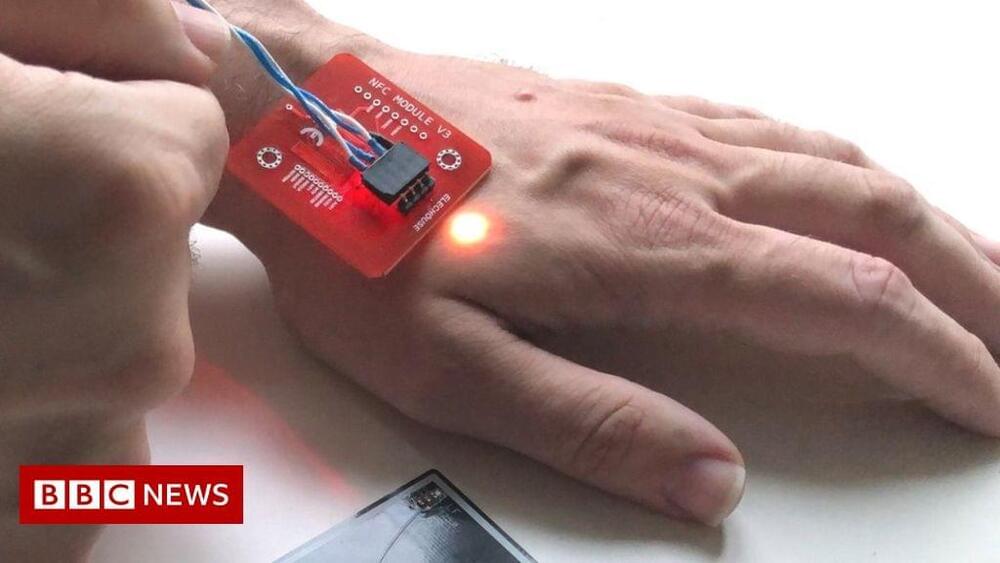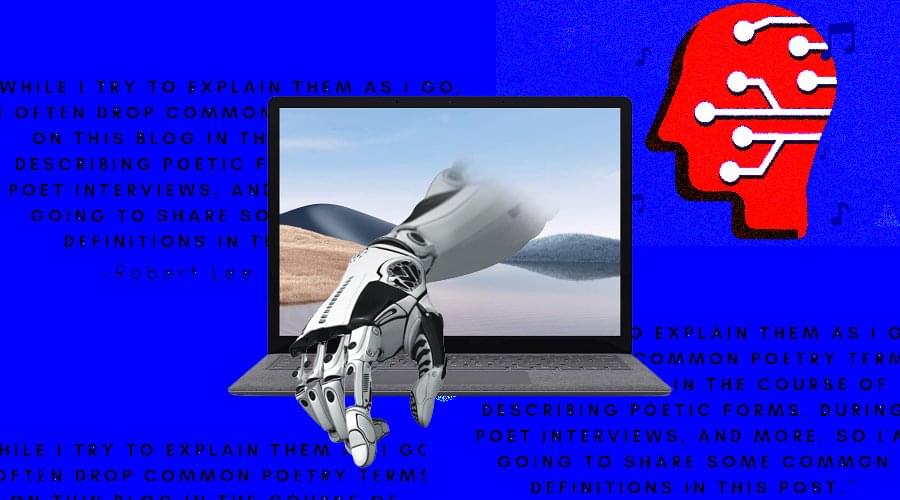Apr 12, 2022
Which Industries Will Profit From The Robot Revolution?
Posted by Shubham Ghosh Roy in categories: information science, robotics/AI
We are already living in the future. Our everyday lives are influenced by robots in many ways, whether we’re at home or at work. As artificial intelligence, open source algorithms, and cloud technology have been developed in recent years, they have contributed to creating favorable conditions for robot revolution, which is closer than you might expect.
